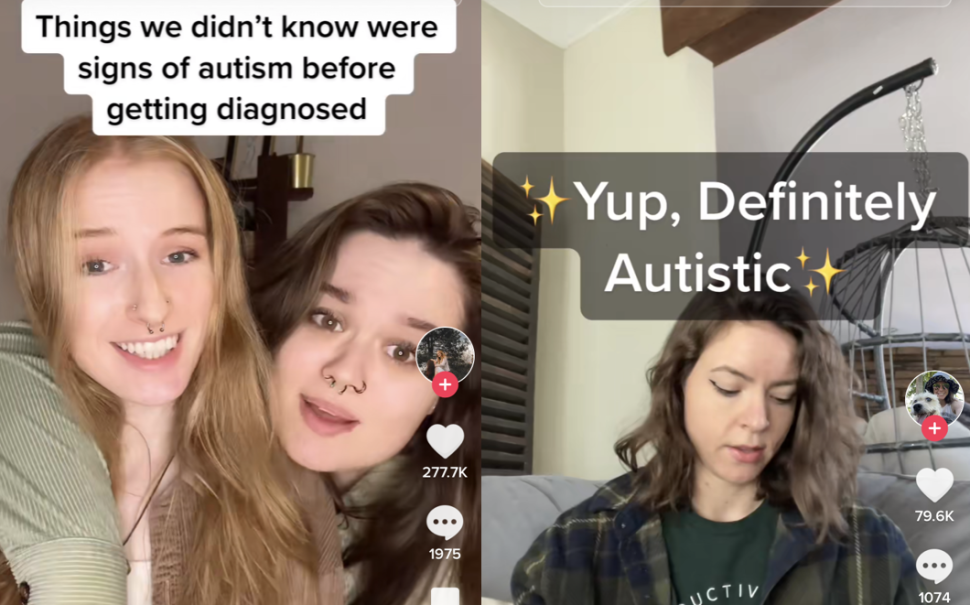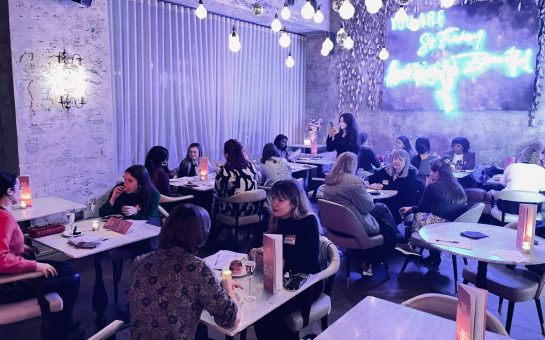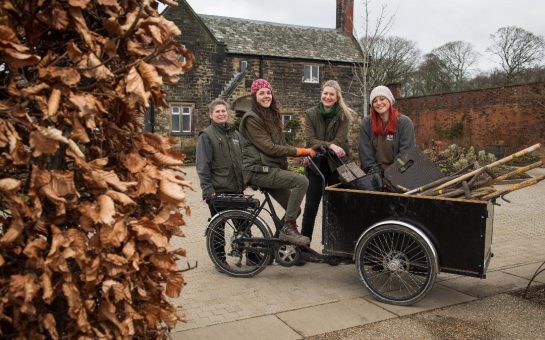Autism has long been underdiagnosed in women, but a spike in interest on social media shows there are thousands of women who are sharing their experiences of late diagnosis. MM spoke to three women of different ages to see how things have changed...
Jasmine Gee had long suspected she may be autistic, but it wasn’t until she came across a TikTok trend that things fell into place.
“There were other signs, but I saw other people on TikTok questioning the same things I was questioning. I wasn’t completely alone,” she said.
The hashtag #ActuallyAutistic has 4.4 billion views on the social media platform, focusing on bringing the autistic experience into mainstream discourse.
Most videos centre around people highlighting traits they didn’t realise they were autistic until later in life.
For one user these were needing direct communication, shutting down in shops from overstimulation or not understanding dating rules.
Another user cites mimicking everyone around them, inability to keep a conversation going and not being able to wear certain textures.
The trend has drawn criticism for over-diagnosing young people and spreading false symptoms.
But for many, the app has been the first time they’ve discovered the existence of autistic women.
“My cousin is autistic and my girlfriend’s brother, but they’re both boys. On TikTok, I was seeing girls for the first time,” says Jasmine.
Historically gendered, the believed ratio of men with autism compared to women is 3:1. This doesn’t mean autism is more prevalent in men, just that men are more likely to be diagnosed.
Some experts believe the real ratio could be closer to 1:1.5.
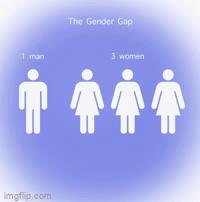
Jasmine was diagnosed at 22. But for many other women, diagnosis comes much later in life.
Fran Edd guessed she was autistic in her early twenties, but wasn’t diagnosed until she was 33.
Not because she didn’t notice the signs, but because of the restrictive criteria she found online.
“I think there’s a really stereotypical view of what autism looks like, assumed to be white boys who play with trains,” says Fran. “Everything said autistic people don’t have a sense of humour, don’t have empathy and don’t get sarcasm – that wasn’t me.”
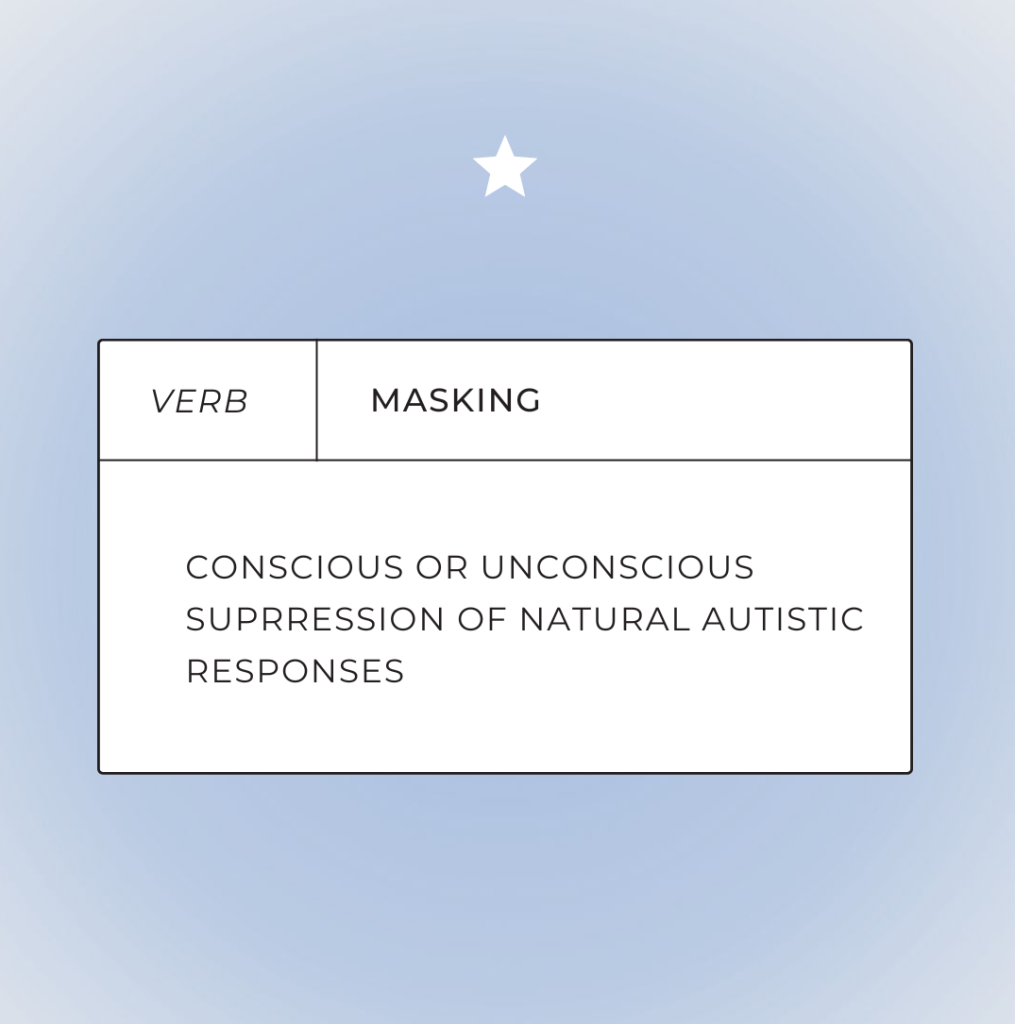
There is more of a focus on autism in women and girls nowadays, but it’s hard to know how many women have abandoned seeking a diagnosis because of historic pushbacks.
Many women receive other, incorrect diagnoses before healthcare professionals even consider autism.
Stereotypes can dictate large parts of the diagnosis process, which can make it more difficult to identify, especially as autism in women has been shown to present more internally. It can manifest as disorders adjacent to anxiety or depression instead.
For Jane Green, it wasn’t the case of not presenting as autistic, it was a culture of disbelief.
“I wasn’t autistic because it wasn’t allowed. I was in my 40s, I had children and I was a professional. It wasn’t that I was masking, women just weren’t allowed to be autistic,” she says.
Late diagnosis provides an opportunity. For a lot of women, it’s a chance to unmask.
“It’s more common for women to mimic each other, even women who don’t have autism mimic other women,” says Jasmine. “I just thought I was a girl and that I was supposed to like boys. That’s what I did because that’s what everyone else did.”
She added: “I was so autistic that people would tell me to get a boyfriend so I did. I never used my own brain.”

Hiding parts of our personality is something we all do. People learn and choose which parts of themselves they present to the world. But masking is both detrimental and dangerous for those with autism.
Studies consistently link camouflaging to loss of identity, increased anxiety, depression and suicidal behaviour.
Fran felt this emotional strain from a young age.
“I masked all of my autistic traits for years,” she says. “When I was a child, I was told off for crying all of the time, so much so when I was 10 I decided to stop altogether. I think I lasted nine months but I became really emotionally repressed.
“But now, I’ll go to the cinema or the theatre and just let it go. It’s been so liberating.”
NHS data shows the number of people who had to wait more than 13 weeks for an initial autism appointment increased by around 30% between 2021 to 2022.
And Jane knows more than most. After working with autistic children and for an autism charity, Jane had to leave her full-time job due to illness. In her spare time, she set up a charity seeking equal opportunities for hypermobile and neurodivergent people in her area. The charity SEDSConnective is now supported widely across the country.
“I think women my age who haven’t done what I’ve done have just given up, and I think that’s really unfair,” said Jane.
“And because they’re disbelieved in health, disbelieved in being autistic, or [not] even allowed to be autistic, you see their lack of confidence.
“I want to empower people to have some strength back.”
